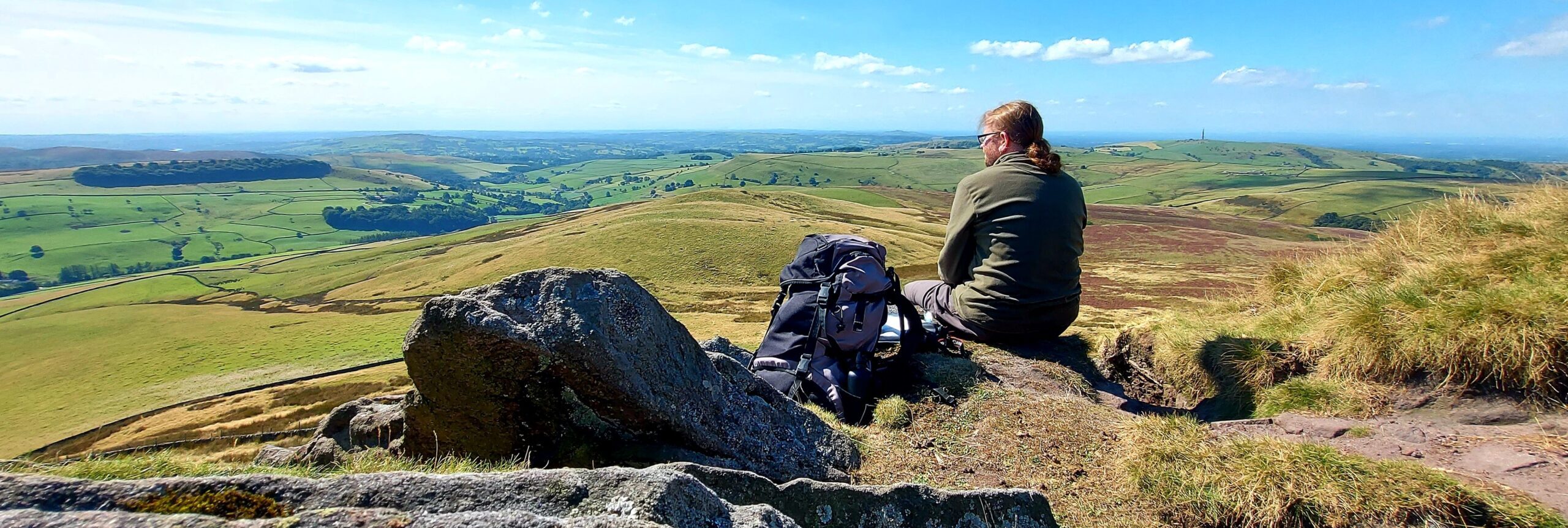Header Image Credit: Lindow Common SSSI
Approximate Location
OS Grid Reference: SJ 83434 81104
Latitude / Longitude: 53.326590N , -2.2501829W
The underwater lair of Grimnir and the place where he retreated to after taking Firefrost from Susan in Weirdstone Chapter 6 – A Ring of Stones. Fenodyree reported this to the children, based on information given to him by the kestrel Windhover, in the following chapter: “A mist crossed the plain a while since, as fast as a horse can gallop, and sank into Llyn-dhu.”
Several weeks later, Colin and Susan met Cadellin at Castle Rock and saw that the lake was still shrouded in fog (Weirdstone, Chapter 8 – Mist Over Llyn-dhu). They then took their bikes over to Lindow Common, near Wilmslow, to look more closely at the dreary scene:
“…an expanse of damp ground, covered with scrub, heather and puddles… And in the middle of the common was a long lake of black peat-stained water. The children stood on the slimy shore. The air was dank and the scenery depressing. The common was encircled by a broken rash of houses, such as may be seen, like a ring of pink scum, on the outskirts of most of our towns and villages today.”
Garner, A., 1960 (1989 edition), The Weirdstone of Brisingamen. William Collins / Lions. London. p80.
Alan Garner revealed, in the introductory essay to the 50th anniversary edition of Weirdstone, that as a child he used to float makeshift rafts on the Black Lake. However, he always found the site “gloomy and frightening“. He went on to say that his interest in archaeology led him to suspect the potential for the survival of prehistoric bog bodies in the waterlogged peat. Although Weirdstone was published in 1960, he considers that the discovery of the body of Lindow Man in 1984 was Grimnir himself! Latterly, Thin Amren was a bog-dwelling character in his Booker-nominated novel of 2021 – Treacle Walker – which was set at Blackden.
Lindow Common and its Black Lake (Llyn-dhu is the Welsh version of the place-name) is now a much different landscape to the one described by Garner in the 1950s. It is now maintained as a vibrant and diverse heathland nature reserve by the local authority ranger service. More information can be found here (opens as a PDF).

